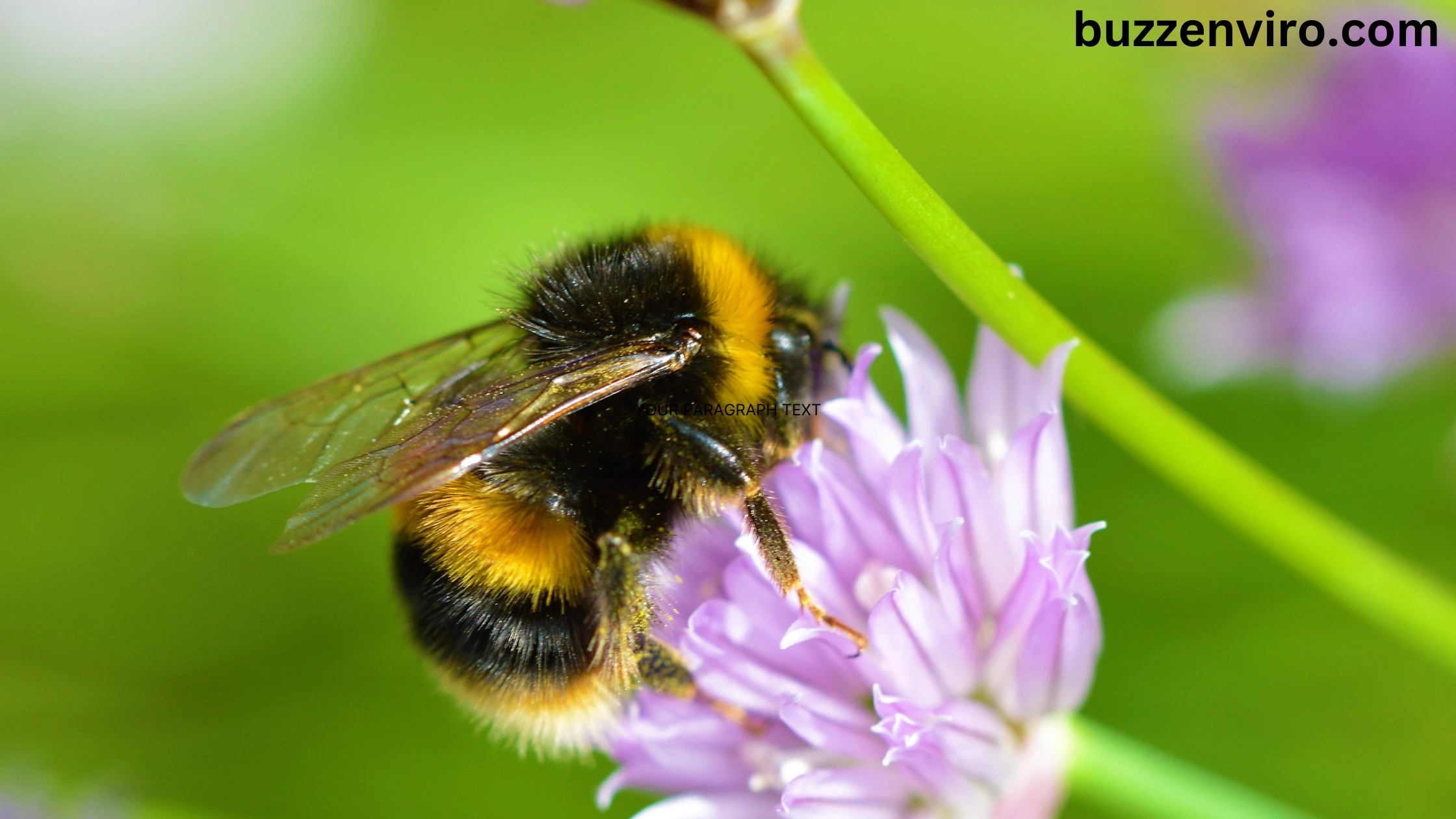Planting trees is one of the easiest and most effective ways to combat climate change and improve the environment. Trees absorb carbon dioxide from the atmosphere, release oxygen, and provide habitats for wildlife. But the benefits of planting trees go far beyond the environment – they also have social and economic benefits.
Here are some of the ways that planting trees can make a difference and shows the
power of planting:
Carbon Sequestration
Trees are natural carbon sinks that absorb carbon dioxide from the atmosphere through photosynthesis. By planting trees, we can reduce the amount of carbon dioxide in the atmosphere, which is a major contributor to climate change.
- Air Quality Improvement
Trees absorb pollutants from the air, such as nitrogen oxides, ammonia, and sulfur dioxide and it reduces air pollution. They also produce oxygen, which helps to improve air quality and reduce the negative health effects of air pollution.
- Soil Conservation
Trees help to prevent soil erosion and protect soil quality. Their roots help to stabilize
soil and prevent it from being washed away by wind and water. The power of planting decreases soil pollution and helps your environment to free from any pollution. - Biodiversity Conservation
Power of Planting Trees provides habitats for a wide range of wildlife, including
birds, insects, and mammals. By planting trees, we can help to create and preserve
habitats for these species, which are essential for maintaining healthy ecosystems. - Social Benefits of Planting Trees
Planting Trees can provide social benefits as well. They can improve the quality of
life in urban areas by providing shade, reducing noise pollution, and creating green
spaces for recreation and relaxation.

- Economic Benefits
Trees also have economic benefits. They can increase property values and reduce
energy costs by providing shade and insulation. They can also provide timber and
other resources for use in construction and manufacturing. - Water Conservation
Trees help to conserve water by reducing soil erosion and improving soil quality.
They also absorb and filter rainwater, which helps to recharge groundwater and
reduce the risk of flooding.

- Climate Change Mitigation
Planting trees is an important strategy for mitigating the effects of climate change.
Trees absorb carbon dioxide from the atmosphere and store it in their biomass and
the soil. They also help to reduce the amount of heat absorbed by urban areas,
which can help to reduce the urban heat island effect.
Conclusion
Planting trees is a simple and effective way to improve the environment, promote biodiversity, and combat climate change. By understanding the power of trees and
their many benefits, we can work to create a more sustainable future. Whether planting a single tree in your backyard or participating in a community reforestation project, every tree planted can make a difference.






